Chasing whitetails is a year-long endeavor. Even when you aren’t actually hunting, you’re preparing to do so. Each phase of bow season is different, requiring significant planning. But each of them is the same in that you have to get close to get it done. The information below will help you accomplish that goal. Here’s a look at how to bowhunt the post-rut.
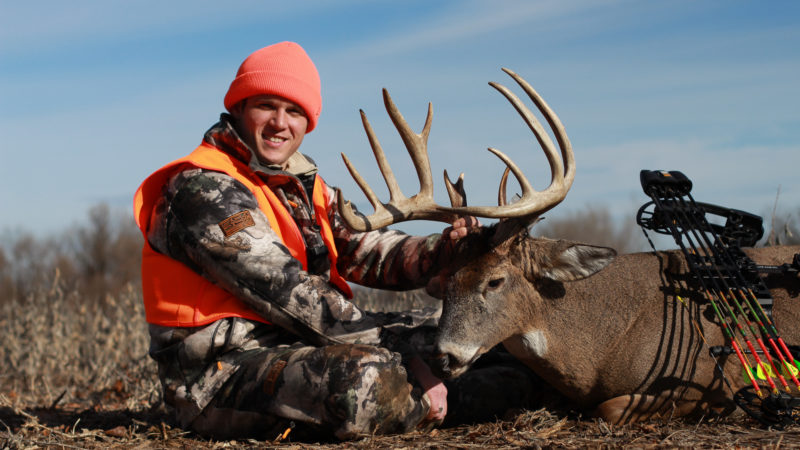
Focus on Food
Food is important throughout the entire season. But in the post-rut, it becomes more limited. Deer are transitioning to different things, and determining what those are is crucial for success. Sources to focus on include cut corn, standing soybeans, wheat, sorghum, oats, cereal rye, turnips, radishes, beets, winter peas, remaining hard mast, forbs, and natural vegetation.
Find Unpressured Pockets of Cover
Deer have been hunted pretty hard for the past several months. Most deer have seen at least one hunter, if not more. That impacts how deer inhabit and maneuver the landscape. If fortunate enough to hunt a large (or multiple) private tracts, saving a portion of good late-season ground for the post-rut is a dynamite play. Oftentimes, deer recede back into areas that have good food sources and also provide unpressured security cover.
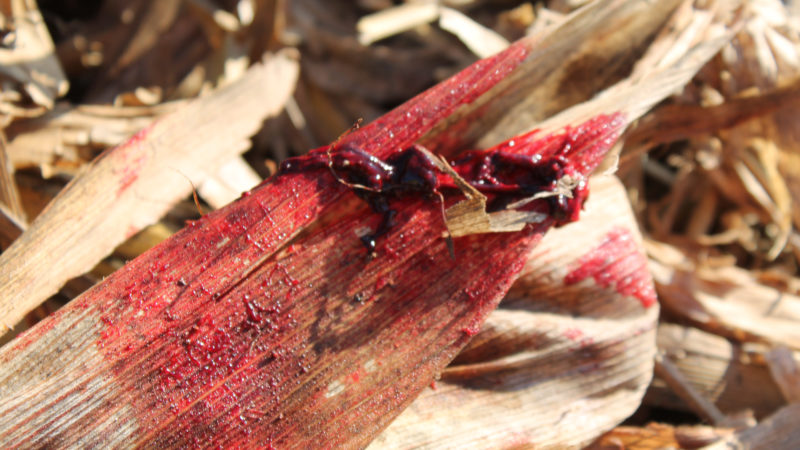
Locate Key Bedding Areas
In colder climates, finding unpressured bedding cover isn’t always enough. During the colder months, deer need several things from bedding areas. Security is one, but warmth is almost as important. Because of this, when the mercury dips way down, solar and thermal bedding become very important. The former is often found on east- and south-facing slopes. These areas receive more sunlight, especially early of a morning and throughout the day when deer aren’t moving and need it the most. The latter generally comes in the form of dense cedars and other coniferous tree species, which help retain heat closer to ground level.
Don’t Forget About Water
Bedding and food often receive the most attention, but water is another factor. Later in the season, mature deer likely won’t be as apt to use larger, more exposed water sources. Instead, focus on smaller (even stagnant) water holes or streams that are located closer to thick cover. You’ll find better action there.
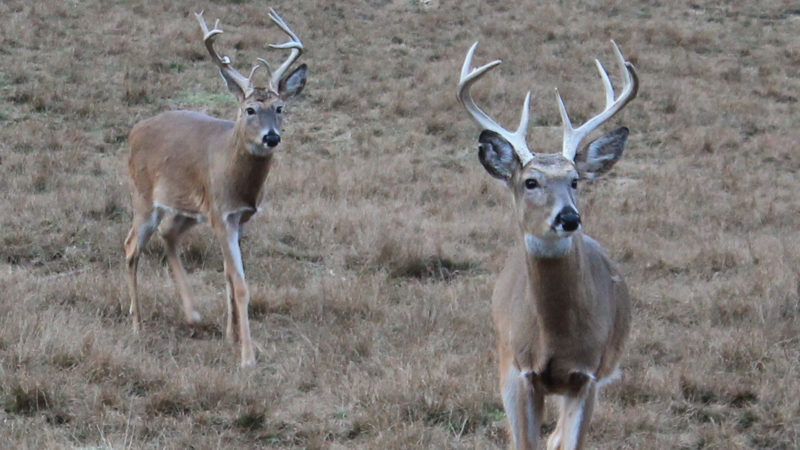
Keep Hunting Advantageous Terrain
If these areas are located near quality late-season bedding areas and food sources, it’s important to continue hunting areas that condense or focus deer movement. Benches, ridge lines, ridge endings, hubs, saddles, pinch points, inside edge field corners, and other funnels are still areas of interest, especially if they’re along well-used travel routes.
Connect the Dots
Finding bedding, food and water isn’t enough. You have to connect the dots, find a weak spot where you can intercept deer movement, and then make it happen. Most bucks bed and travel in certain areas for a reason. Many times, their movements are difficult to get within bow range of. However, there’s generally a chink in their armor, and finding it is the most difficult aspect of consistently tagging big deer.
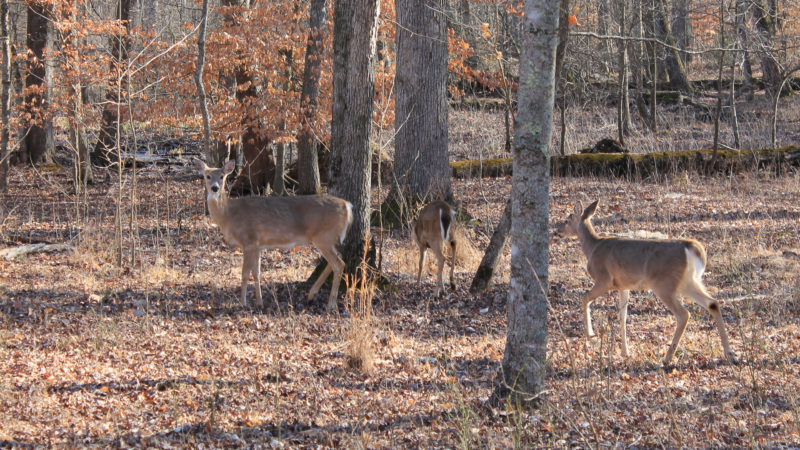
Capitalize on Late-Season Love
Does that weren’t bred during the primary rut cycle go back into estrus about 28 days later. Doe fawns that breach the weight threshold necessary to breed generally do so in December or January. While these occurrences aren’t frequent enough to strategize around, it’s something to keep in mind. When this late-rut action happens, it’s generally along bed-to-feed patterns and travel routes. Take advantage of it when such opportunities present themselves.
Wait for High-Odds Days
Due to season-long hunting pressure, deer are oftentimes less inclined to move during daylight now. Going afield without a consistent daylight pattern can prove unfruitful, and just applies additional pressure to deer. Instead, scout extensively, search for a deer that’s on a solid daylight pattern, and/or wait for high-odds days, such as sudden temperature swings (up or down), high (and rising) barometric pressure, windy days, when moon overhead/underfoot times coincide with dawn and dusk, etc. All said, the best deer movement is usually at dawn and dusk, though, regardless of outside movement influencers.
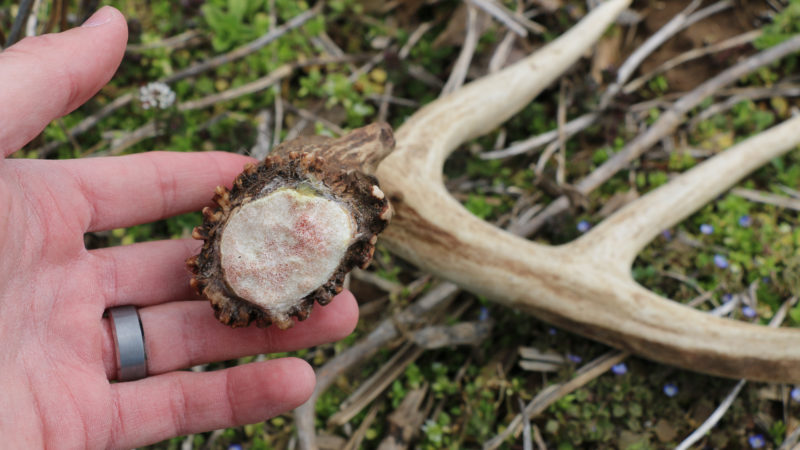
Push in Closer to Bedding
If having a difficult time seeing deer during legal shooting hours, perhaps push in closer to bedding areas. While this is a risky tactic, it can result in seeing more deer. Don’t rush in and blow deer out. It isn’t time for the Hail Mary pass (yet). But don’t be afraid to creep closer toward your target’s daytime lair.
Stay Poised Mentally and Physically
Finally, keep yourself in fighting shape. Deer hunting is taxing both mentally and physically. Don’t hunt so hard that your body runs down. Get some sleep. Rejuvenate your muscles. Refresh your mind.
It might be the post-rut, but we still have a lot of deer season left.

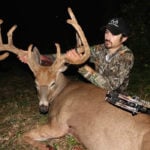 By
By 



